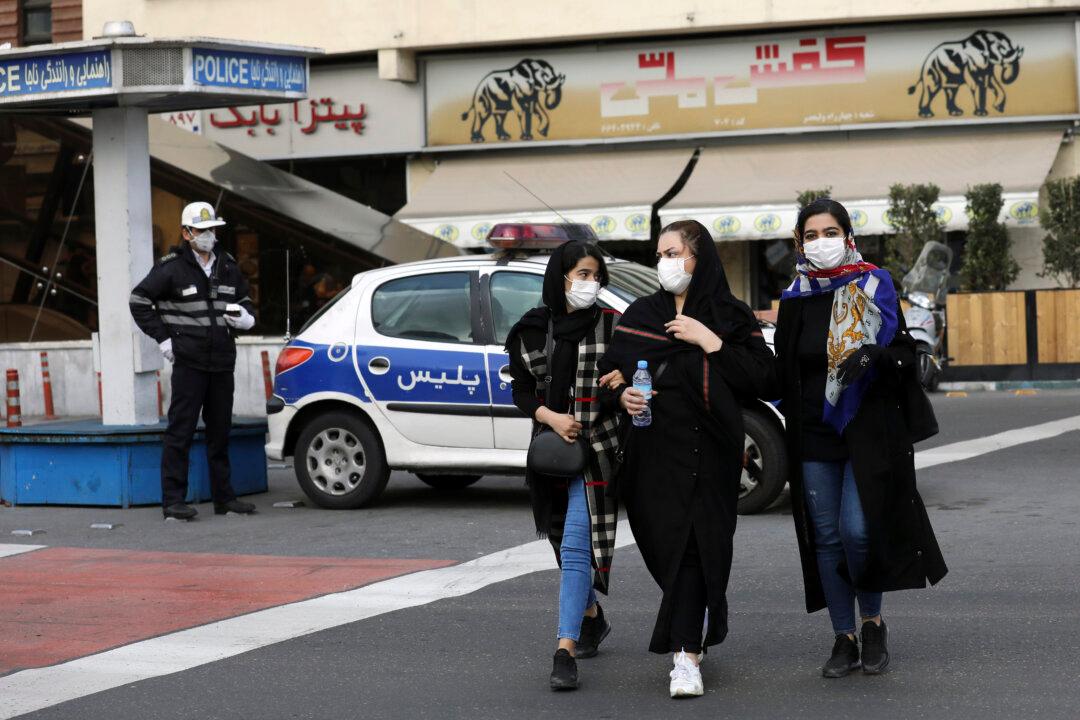Health officials in Australia have expressed their concerns over the number of significant outbreaks of coronavirus outside of China, particularly in South Korea, Italy, and Japan.
It comes as the Australian government announced it has activated its emergency response plan (pdf) amid warnings a potential global pandemic is looming as the disease continues to spread throughout Asia and parts of Europe.





